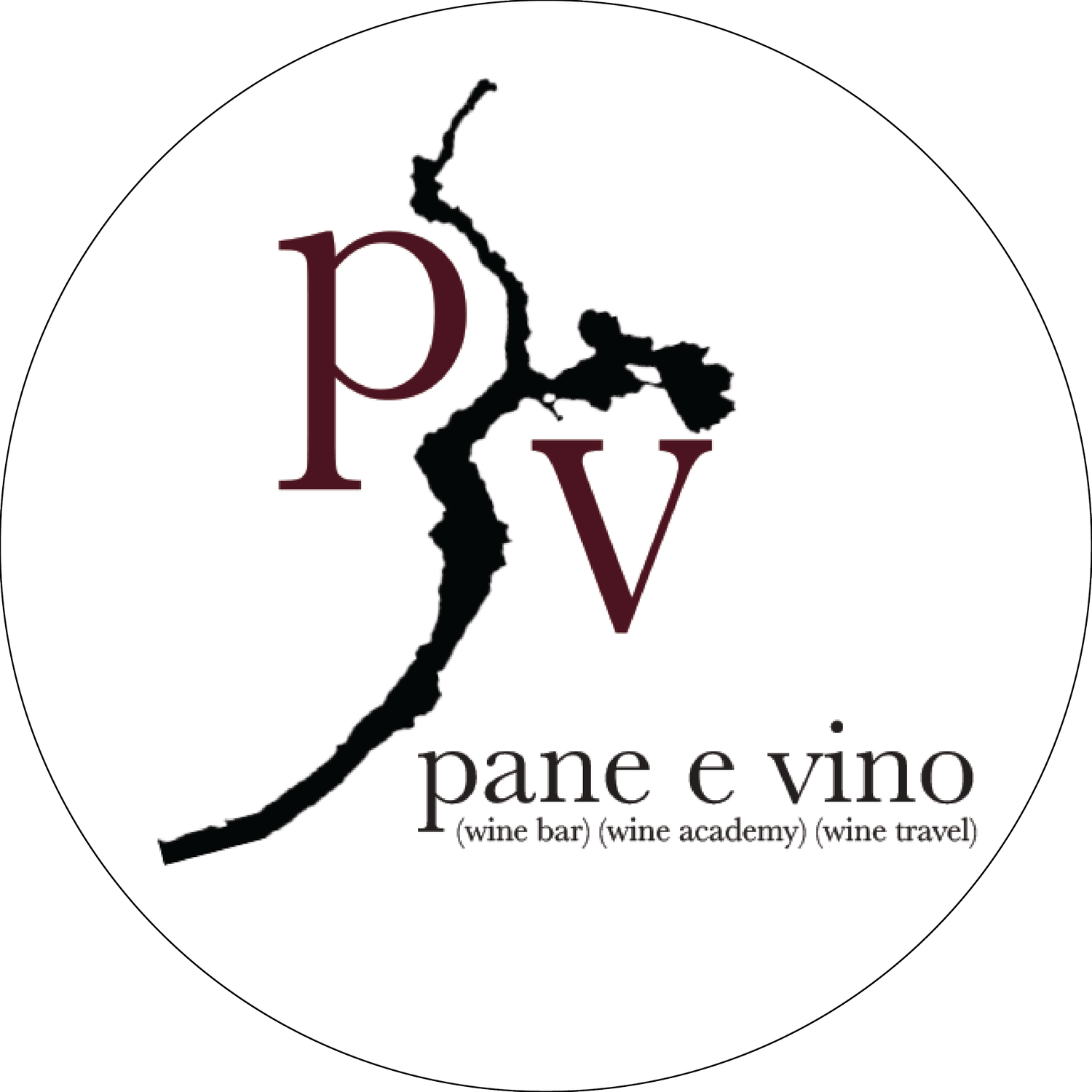November Wine Club
WINES
Wine Club Selections, November 2023
• Giacomo Fenocchio, Barolo ‘Bussia’ 2019, Piemonte, Italy
• Tommaso Bussola, Amarone della Valpolicella Classico 2018, Veneto, Italy
Giacomo Fenocchio, Barolo 'Bussia' 2019, Piemonte, Italy
100% Nebbiolo
Founded in 1864, the Giacomo Fenocchio estate is among the oldest in Barolo. Their vineyards cover just 14 total hectares in the Langhe, with premiere Barolo sites in the crus of Castellero, Villero (Castiglione Falletto), Cannubi (Barolo), and Bussia (Monforte d'Alba). Stallworts of traditional winemaking, they exemplify the old school of Barolo and the wines often need considerable time in bottle to fully express themselves.
The famed 'Bussia' MGA is the most prestigious (and largest) cru in the Barolo zone of Monforte d'Alba. This southern edge of Barolo traditionally produces some of the most structured and powerful wines of the region. The 'Bussia' cru itself is actually best understood as a large site with many smaller single crus that make up the whole. Fenocchio's 5 hectares are in the the prestigious subzone of Bussia Sottana. The soil is classic Marl of Sant'Agata with a mix of clay and chalk and notable presence of iron. This is a wine that has become one the very top expressions of the Bussia vineyard, rivaling the great wines of Aldo Conterno and Mascarello.
The traditional process is intense at Giacomo Fenocchio. A long maceration without added yeast of 40 days leads to the strong tannins that fill the final wine. Aging of 30 months in large Slavonian oak casks of up to 50 hl, followed by maturation in bottle. This is a big wine! Deep garnet in color with a gorgeous aroma of spices, rose, and licorice. Very dry and full-bodied, the wine can be austere in its youth but has a long and persistent finish. It is classic Barolo in its desire for time, and patience will be rewarded. The 2019 Barolo vintage is sensational, and Pane e Vino received the only case of this wine in the state of Kansas. I am thrilled to share it with you.
Drink: If you open this wine now, you must let it breathe slowly for several hours. Best after 2030 and will age beautifully until at least 2045.
Serving temperature: 60º-64º F
Food pairings: Braised pork, grilled meat, prime rib, roast and stews, rich/hearty dishes and food with nice fat and salt content.
Tommaso Bussola, Amarone della Valpolicella Classico 2018, Veneto, Italy
35% Corvina – 30% Corvinone - 30% Rondinella - 5% Molinara
If asked what wine I want to drink in the cold, dark days of winter, I will almost immediately respond joyously with the word, 'Amarone'. No wine on the planet has the richness, warmth, concentration, and intensity of a beautiful Amarone. Powerful, high in alcohol, and full of flavors and aromas ranging from cherry to chocolate to tobacco, they can be haunting and mesmorizing, and always put a smile on my face.
I visited the region once back in 2014, enjoying the opportunity to taste at arguably the greatest producer in the region, Giuseppe Quintarelli. He had passed a few years prior and I tasted with his son, enjoying some of the finest sips of wine I've ever had. Just prior to his passing, he was asked who would be the one to carry on and take the reins for the region. He replied instatnly with the name Tommaso Bussola. Bussola makes incredible wines with sustainable farming practices in the hills around Negrar, the central hub of the Valpolicella region.
Few wines are as complex and require as much effort to produce as Amarone. The grapes used in the wines of this region are Corvinone, Corvina, Rondinella, and Molinara. The most special part of the process, is that the wines under the Amarone della Valpolicella Classico DOCG are required to be made using the appasimento process. Producers will keep the top grapes on the vine for an extended period of time, concentrating the sugars and ripenss. After picking the grapes, usually near the end of October, the grapes are then laid in bins or on mats where they dry for 4 months. In this drying process, the grapes shrivel like raisings, losing up to 60% of their water content. This concentrates the sugars even more. In many cases, this process is used to make sweet wines such as Vin Santo. However, in Amarone, the wines are powerful and dry with some residual sugar. The dried grapes are taken in January and placed in tanks. After 15 days of maceration, fermentation is started and continues for a remarkable 50 days, during which the juice is pumped over and the cap is pressed and submerged multiple times. The resulting wine is drained and the gross lees (large yeast/sediment) is decanted off and the wine rests for a short period in stainless steel tanks. It is then moved into a mix of barrels, including used 500L tonneaux, 225L barriques, and 25HL botti where it ages for 4 years! Finally, the wine is bottled and stored for another 6 months before release. The resulting wine, because of the high sugar content, is almost always between 15%-17% abv—among the highest alcohol levels of any wine.
Amarone is special wine that lends itself beautifully to fatty foods that like sauces with fruit such as duck and lamb. It is also brilliant with a fatty ribeye. These are wines that can be incredibly meditative and should be enjoyed slowly, and are especially magical by a warm fire shared with those you love.
Drink: Can drink now or hold for 15 years.
Serving Temp: Amarone is best served slightly warmer than most other wines at around 65ºF. If serving from the cellar, let it warm in the glass.
Food Pairings: Duck, lamb, fatty steaks, cheese, chocolate. Works wonderfully in conjunction with cherry or balsamic glazes/syrups.


















